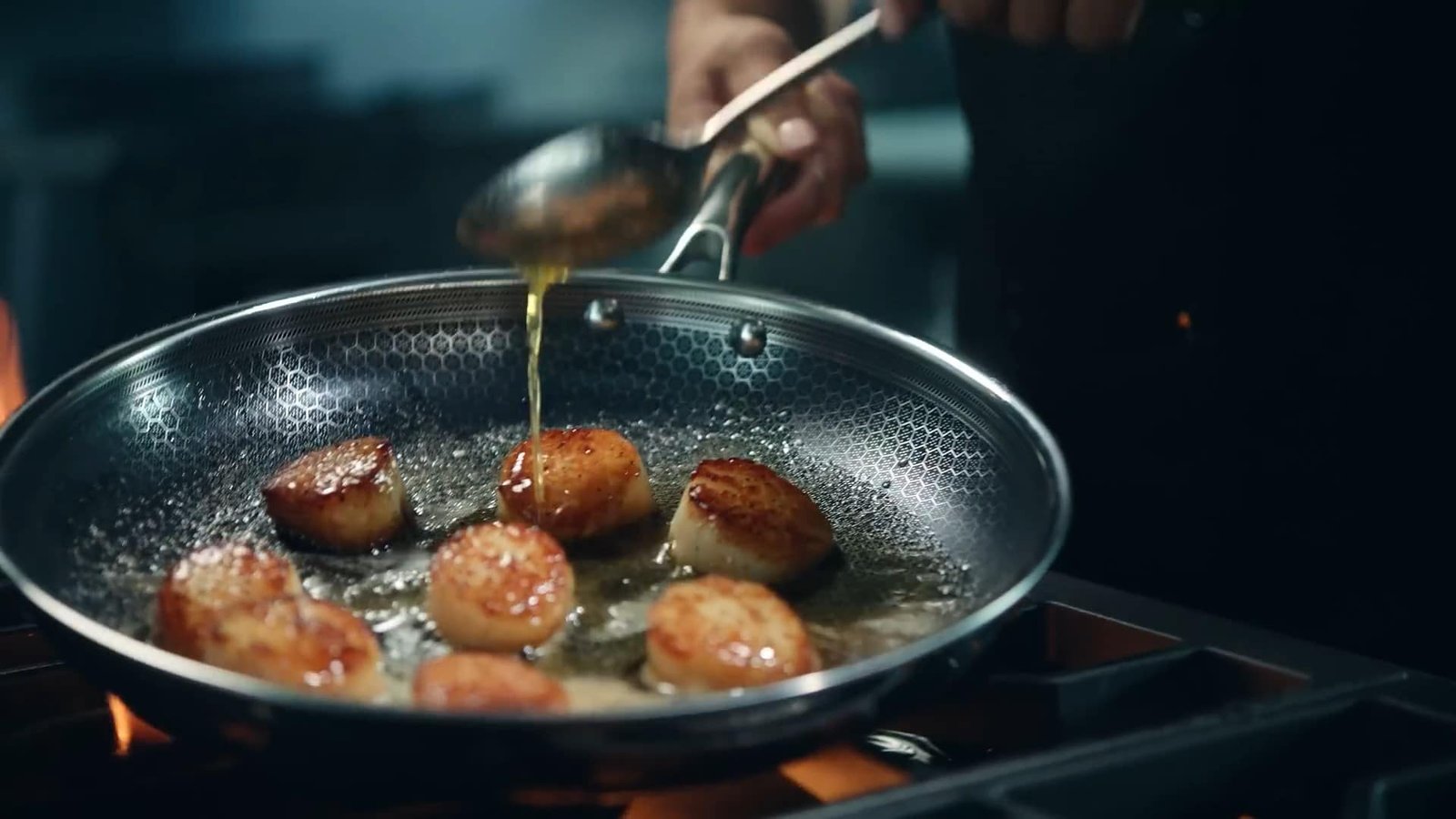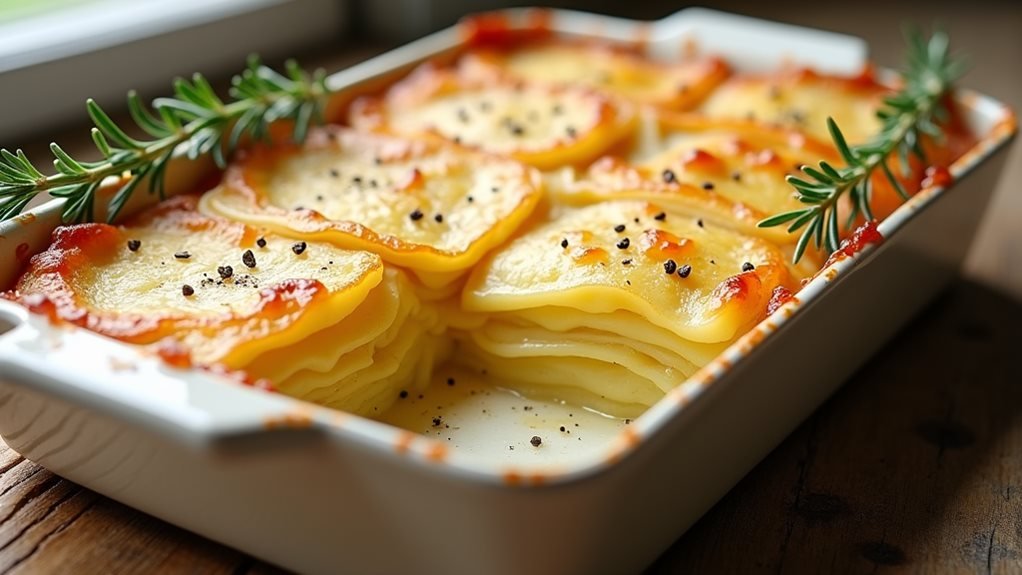I believe that understanding a recipe is key to completing it. Some recipes are detailed, specifying exact quantities, cooking times, and shapes, while others leave room for interpretation. Additionally, cooks have varying levels of knowledge and experience, which can make unfamiliar language and terminology difficult to navigate.
I recommend becoming familiar with common cooking terms to help novice cooks work their way through recipes. This can help make the cooking process smoother and less stressful. Now, according to Land O Lakes.” We’re giving you the kitchen keys to unlock your inner chef. Find Cooking Terms, techniques, equipment, ingredients and more to improve your skills in the kitchen, and bring your A-game to the table.”
The Beginner’s Guide to Basic Cooking Terms
Barbecue: To cook large, tough cuts of meat over low heat from an outdoor fire with wood chips or chunks to add a distinct smoky flavor to the meat. (Check out Mastering the Art of Cooking the Most Tender Steaks)
Boil: Heat liquid until it’s bubbling rapidly; often used for cooking pasta, vegetables, or making soups and stocks.
Braise: To cook foods in a covered pot with liquid after browning or searing them, typically used for tougher cuts of meat that benefit from long, slow cooking to tenderize them.
Cook en Papillote: To cook food by enclosing it in a parchment paper or aluminum foil packet and steaming it in its juices, resulting in a flavorful and moist dish. (
Deep-Fry: To cook food in hot oil that surrounds it, resulting in a crispy golden exterior and a tender interior.
Deglaze: To use liquid, such as wine or broth, to loosen flavorful bits stuck to a pan after sautéing or searing food, often used to make a sauce or gravy. (You need to read 12 Tips and Tricks to Improve Your Cooking Skills)
Grill: To cook small, quick-cooking foods over an outdoor fire for a “grilled” flavor, with the drippings and fat creating smoke that infuses the food with flavor. (See how to Mastering the Art of Cooking the Most Tender Steaks)
Grill-Roast: To cook large, tender cuts of meat over moderate heat from an outdoor fire, typically using indirect heat and a drip pan to prevent flare-ups and to keep the meat moist and flavorful.
Poach: To cook food in hot liquid below boiling point, often used for delicate proteins like fish, chicken, or eggs to maintain their tenderness and flavor. (Learn more about From Claw to Tail: Techniques How to Cook and Shell Whole Lobster)
Puree: To grind ingredients to a smooth consistency using a food processor, blender, or immersion blender, often used for making sauces, dips, or soups.
Reduce: To partially evaporate the liquid to concentrate flavors and thicken the consistency, often used for making sauces or gravies.
Roast: To cook food in an oven in a pan at high or low temperatures depending on the desired outcome, often used for cooking meat, vegetables, or fruits to create caramelization and add depth of flavor.
Sauté: To cook food quickly in a small amount of fat over moderate heat, often used for browning meat or vegetables before adding other ingredients.
Sear: To cook food quickly over high heat to create a brown crust and seal in juices, often used for cooking meat or fish. (If you want to learn about How to Cook Filet Mignon: Simple Techniques for Grilling, Baking, and Searing)
Shallow-Fry (Pan-Fry): To cook food in a small amount of hot oil, often used for cooking chicken, fish, or vegetables to create a crispy exterior and a tender interior.
Simmer: Heat liquid until gently bubbling, often used for cooking soups, stews, or sauces.
Skim: To remove fat from the liquid using a spoon to remove the top layer of fat, often used for making stocks, soups, or gravies.
Steam: To cook food with steam by placing it in a basket above the boiling liquid, often used for cooking vegetables or seafood to retain nutrients and flavor.
Sweat: To cook food over low heat in a small amount of fat in a covered pot, often used for cooking onions, garlic, or vegetables to soften and release their flavors.
Toast: To cook food with dry heat without adding fat in an oven or skillet, often used for toasting bread, nuts, seeds, or spices to bring out their flavors and aromas.
Understanding basic cooking terms is essential for anyone looking to improve their culinary skills in the kitchen. Knowing the difference between simmering and boiling, searing and sautéing, or braising and roasting can make a huge difference in the outcome of a dish. With this overview of common cooking terms, new cooks can feel more confident and comfortable in the kitchen and better equipped to follow recipes and experiment with their creations.
As with any new skill, practice and repetition are key to becoming a proficient cook, but having a solid understanding of these basic cooking terms is an excellent starting point for anyone looking to develop their culinary abilities.







